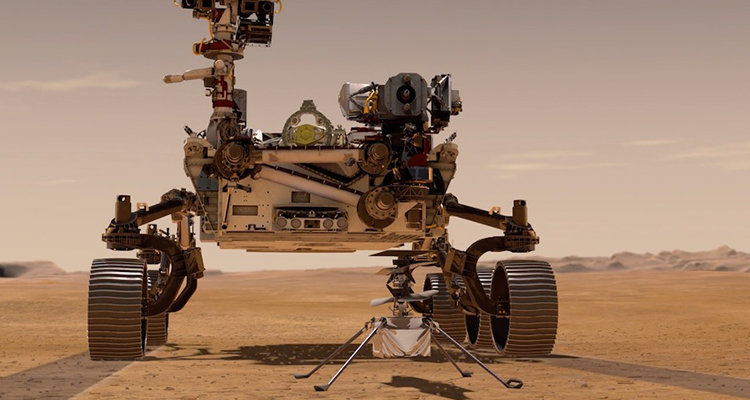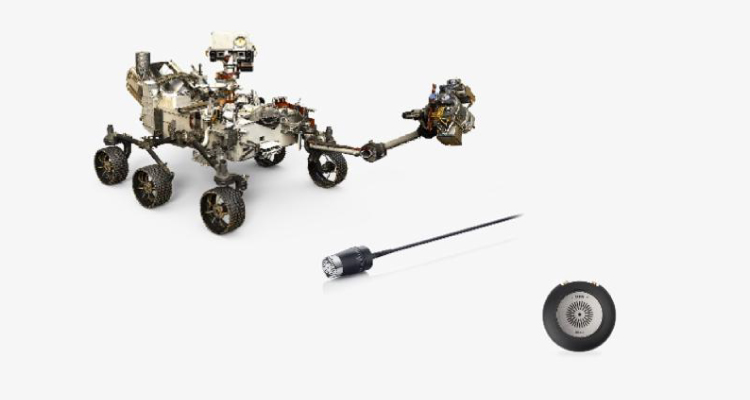Next NASA Moon Mission Will Use Out-of-This-World Lasers to Beam Moon Videos
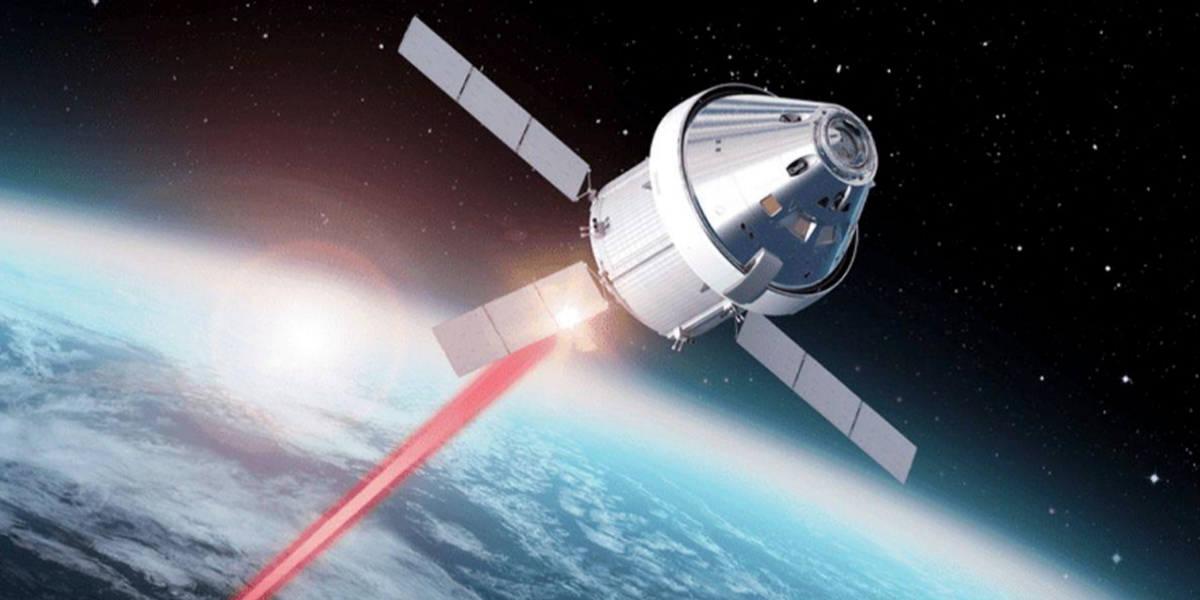
Orion Artemis 2 Optical Communications System in action. (Illustration credit: NASA)
NASA recently named the four astronauts flying on NASA’s Artemis 2 moon mission in 2024. They will be the first people to travel to lunar in more than 50 years. But Artemis 2 will be carrying more than astronauts in its payload.
NASA will send up a new laser communications terminal, the Orion Artemis 2 Optical Communications System (aka the O2O). The NASA goal: to let Earth-bound viewers see the moon in real-time like never before.
Imagine having dial-up internet for years, then upgrading to gigabit fiber optic speeds. That’s why NASA wants to supplement its usual radio signal communications with laser communication technology. When Artemis 2 astronauts use laser communications around the moon to enable faster transmission of images and video, it will be the culmination of a NASA investment in laser communications that started in December 2021.
The Laser Communication Relay Demonstration (LCRD) launched in December 2021 was the agency’s first laser relay. That was followed by the TeraByte InfraRed Delivery (TBIRD) CubeSat launched last year, which reached data transmission rates of 200 gigabits per second.
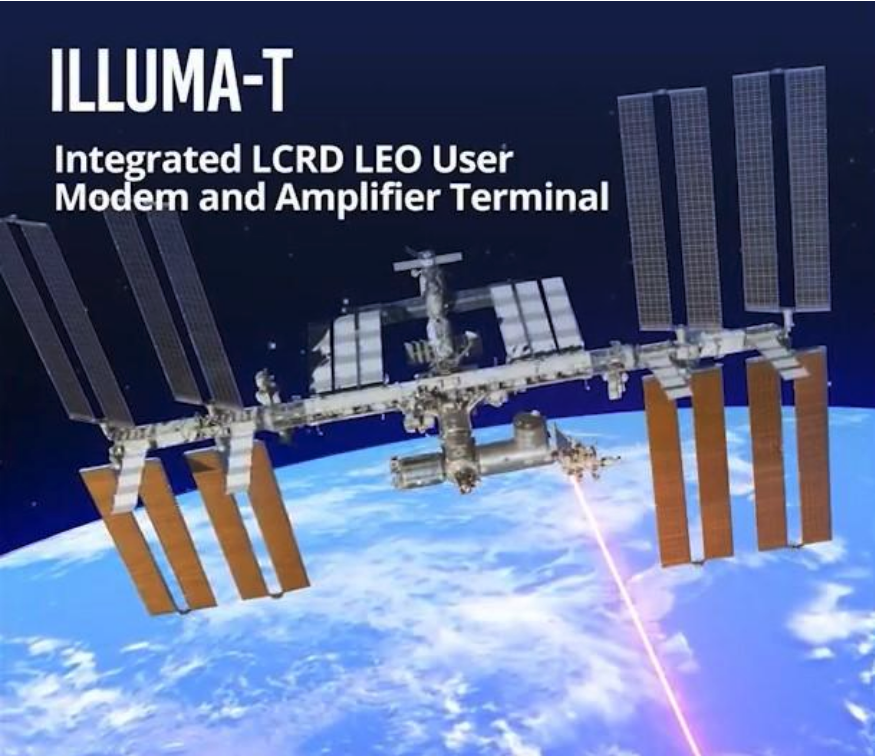
A variety of satellites, the International Space Station and ground stations will work together as a part of NASA’s ILLUMA-T experiment. (Illustration credit: NASA)
This year will see the launch of NASA’s Integrated LCRD Low-Earth-Orbit (LEO) User Modem and Amplifier Terminal (ILLUMA-T). That’s headed to the International Space Station (ISS) to be attached to the exposed facility on the Japanese Experiment Module. ILLUMA-T will relay data back to Earth through LCRD in NASA’s first end-to-end laser relay communications system, laying the further groundwork for the O2O system that will be aboard Orion during Artemis 2.
If all goes according to the O2O plan, you can expect the Artemis 2 crew to show plenty of live or nearly live mission updates with the gorgeous lunar surface visible in Orion’s windows.
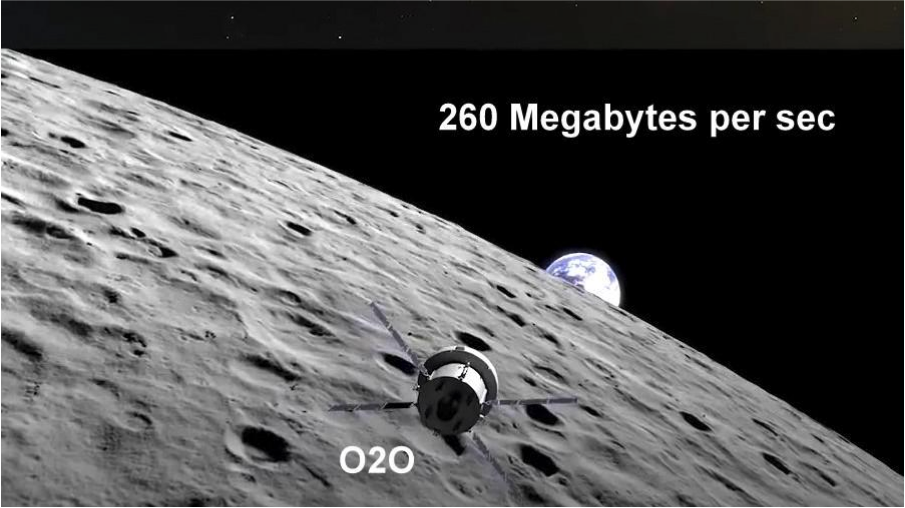
Orion Artemis 2 will beam moon shots with much faster laser communication. [Illustration by NASA.]
The benefit of brilliant out-of-this-world shots to the ProAV industry will be far more than some display companies using these moon shots as demos on their large screens at InfoComm and ISE.
For example, NASA notes in its recent video, these experiments are “only the start of how laser communications are paving the way for advancing our scientific discoveries.” NASA’s investment in the technological innovation and advancement of laser communications will optimize the performance of the industry as well as the product, making laser technology more widely used in downstream (or downspace!) applications.
As space and military applications enrich the industry manufacturers, these manufacturers will be pulled down to Earth by commercial gravity; industries will want to explore how to exploit the benefits as proven by NASA.
Remember that NASA research has brought us CMOS image sensors, memory foam, freeze-dried food, firefighting equipment, emergency “space blankets,” DustBusters, cochlear implants, LZR Racer swimsuits and more. Part of the NASA ethos is to share technology with industry and laser communications may play a future role in corporate private networks or commercial broadcasting. As the race to space becomes privatized, we may see space-to-Earth networks.
Wherever it takes us — when Artemis 2 lifts off for the moon — it will be carrying the hope of a fast-growing laser communications industry that won’t be satisfied with being stuck in space while everyone on Earth still desires faster and better delivery of video communications.
See the video:


